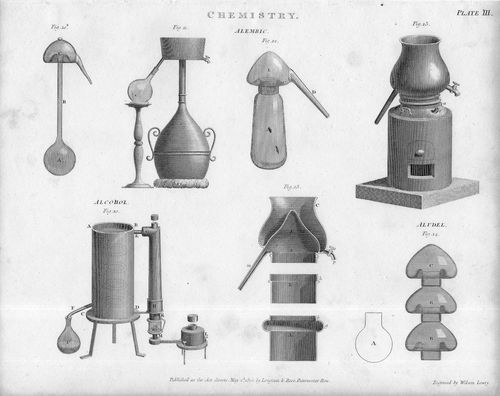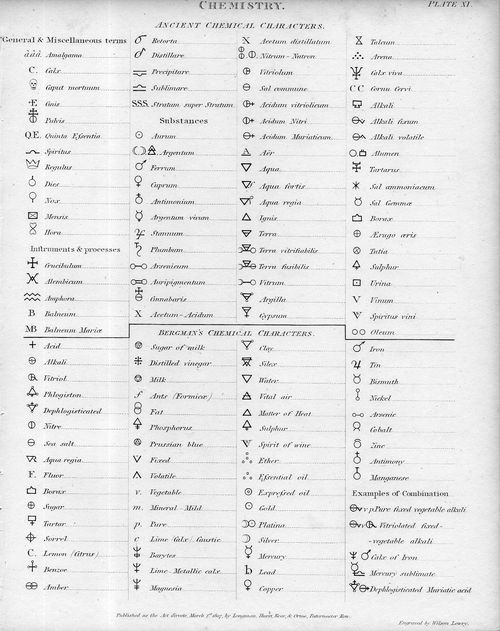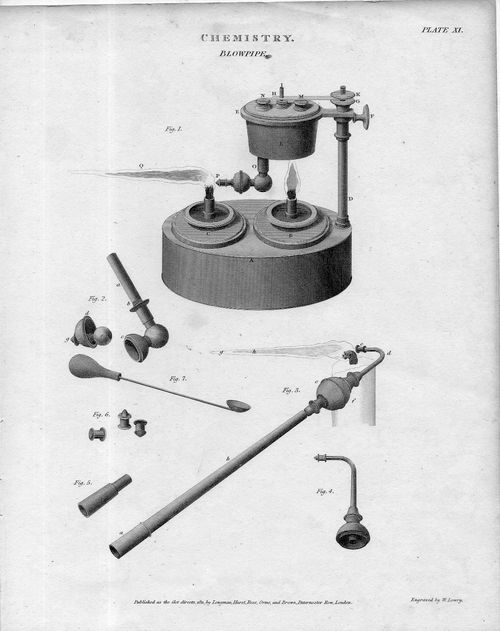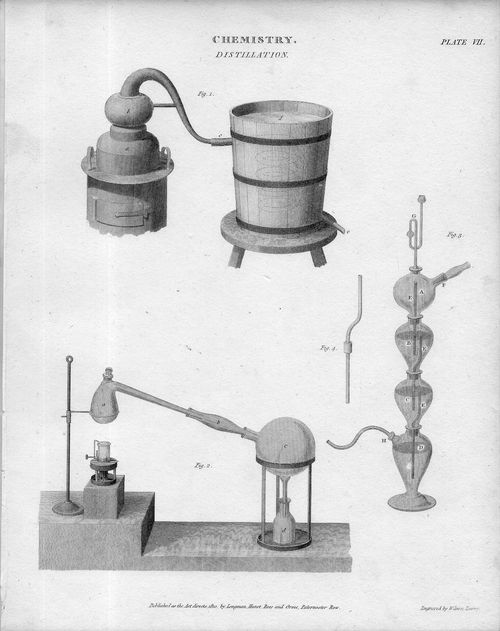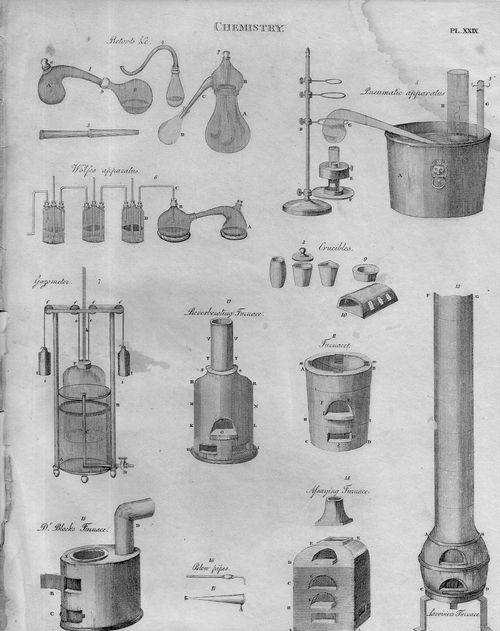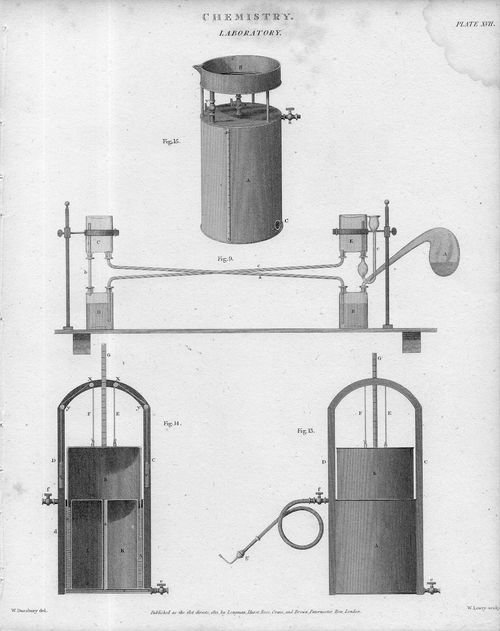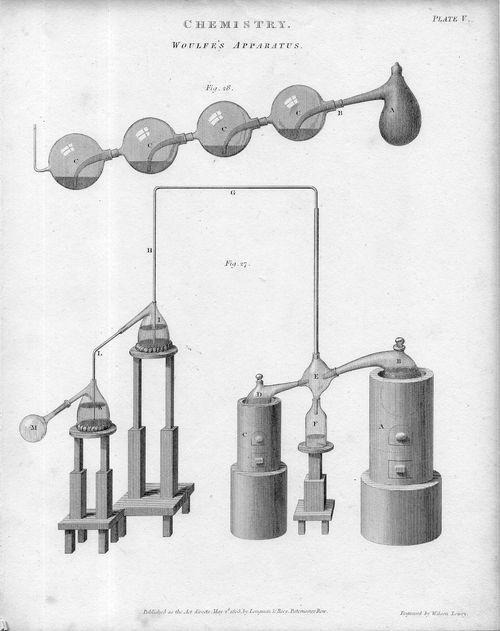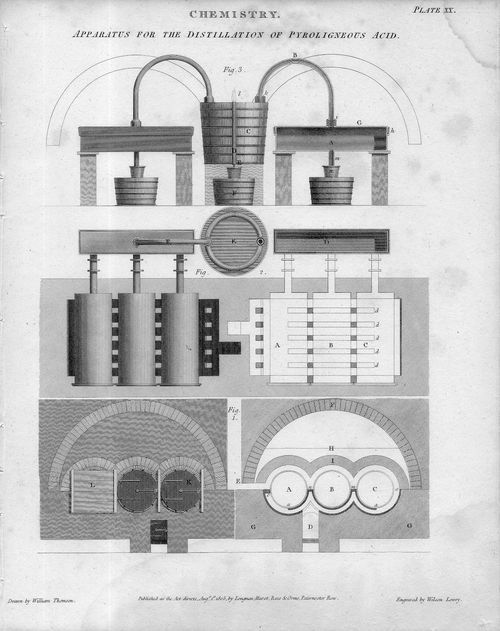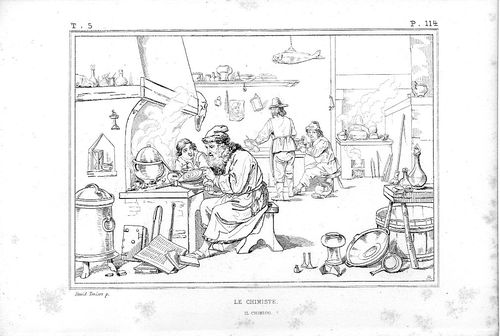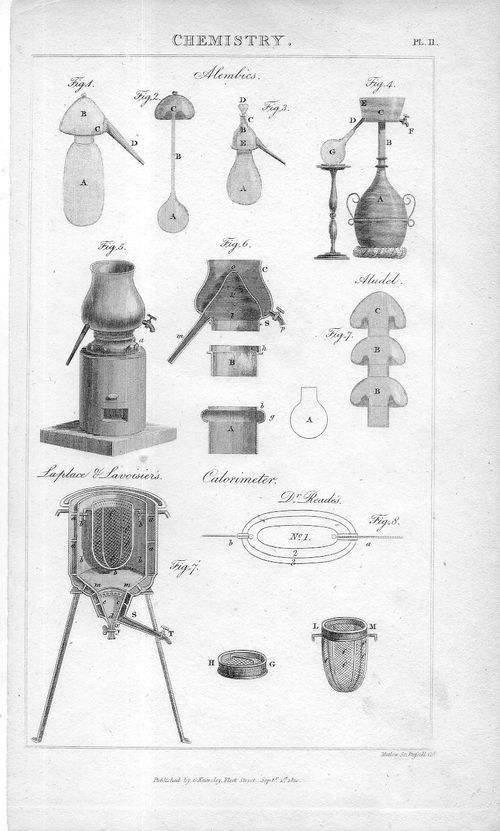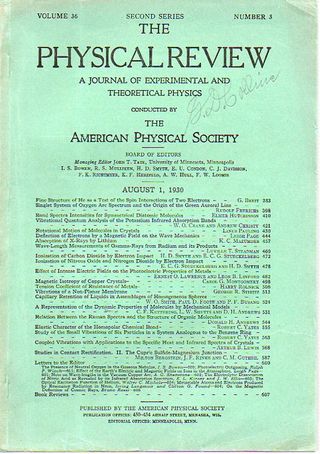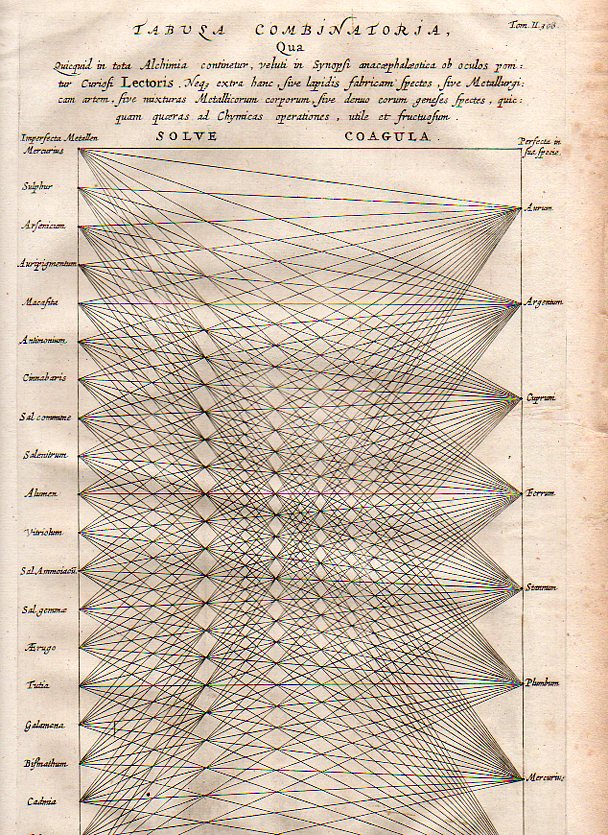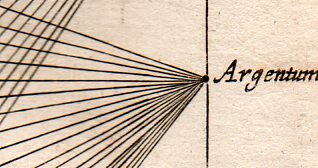JF Ptak Science Books
Michael Faraday, "Mr. Faraday's Experimental Researches in Electricity. — Third Series 161-170; Mr. Faraday's Experimental Researches in Electricity. — Third Series (continued) 253-267; Faraday's Experimental Researches in Electricity. — Third Series (concluded) 353-363" being papers found in The London, Edinburgh Philosophical Magazine and Journal of Science, London, printed by Richard Taylor, volume III, July-December 1833. The entire volume
offered: 8vo, viii, 472pp. Bound in full calf, with raised bands, and with red and black spine labels; the covers are impressed in gilt with the arms of the "Society of
Writers to the Signet". Very nice copy. Very Good condition. $250
Also bound with:
Faraday, Michael. “Mr. Faraday's Notice of a Means of preparing the Organs of Respiration, so as considerably to extend the Time of Holding the Breath; with Remarks on
its Application, in Cases in which it is required to enter an irrespirable Atmosphere, and on the Precautions necessary to be observed in such Cases”, 241-245;
And with:
“Mr. R. Potter's Particulars of a Series of Experiments and Calculations undertaken with a View to determine the Velocity with which Light traverses Transparent Media”,
333-342;
With these other interesting works, including four papers by/relating to William Henry Fox Talbot:
Herschel, J.F.W. “Sir John F. W. Herschel on the Absorption of Light by Coloured Media, viewed in connexion with the Undulatory Theory”, p 401-412;
William Henry Fox Talbot, “On a Method of Obtaining Homogeneous Light of Great Intensity" on p 35;
Talbot, Henry Fox. “Mr. H. F. Talbot's Proposed Philosophical Experiments 81-3;
“T. R. F. on Mr. Talbot's Proposed Method of ascertaining the greatest Depth of the Ocean”, p. 352
Wheatstone, Charles. “Mr. C. Wheatstone's Remarks on one of Mr. Talbot's proposed Philosophical Experiments”, pp 204-5;
"Of other here is the article by one of the early and great leaders in the history of photography, William Henry Fox Talbot (1800-1877), showing his developing interest in optics, after having already established a reputation in mathematics: “The early nineteenth century witnessed the adoption and modification of new theoretical frameworks in chemistry and optics. The discovery of many new substances stimulated increasing concern with chemical composition and structure, while the wave theory of light posed problems with dispersion, absorption, photochemical reaction, and other forms of light-matter interaction. Although Talbot counted Wheatstone, Brewster, and Babbage among his scientific friends, he most closely followed the ideas of his friend John Herschel on light. Adopting the wave theory of light and a kinetic interpretation of light, heat, and matter, he pursued the problem of light-matter interaction through the study of optics, crystallography, and spectra. Intrigued by the similar optical characteristics of light and radiant heat as demonstrated by Melloni and Forbes, he sought to show the unity of the chemical rays with visible rays and heat rays. He also sought to use light and optical properties as analytical tools in order to determine the nature and structure of matter and to develop methods of chemical identification. Utilizing the vibratory theory of molecular behavior in gases, he suggested in 1835 a connection between spectral lines and chemical composition.”--Dictionary of Scientific Biography



